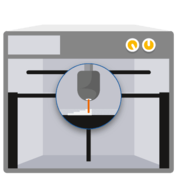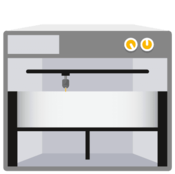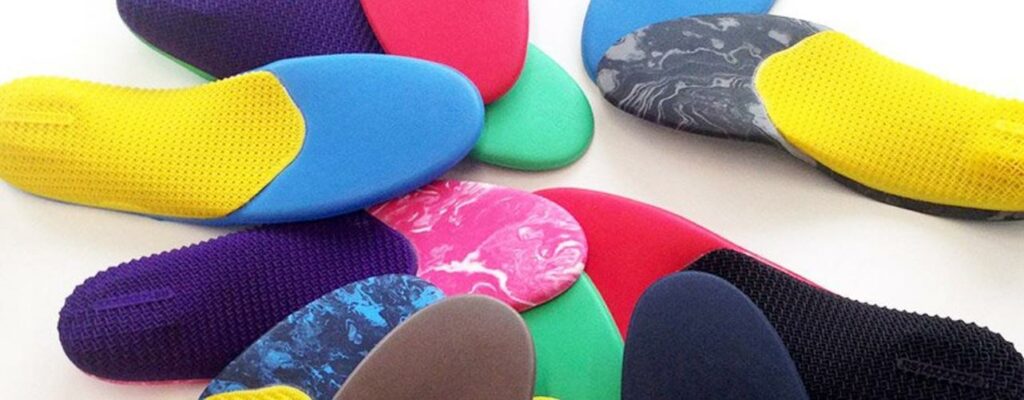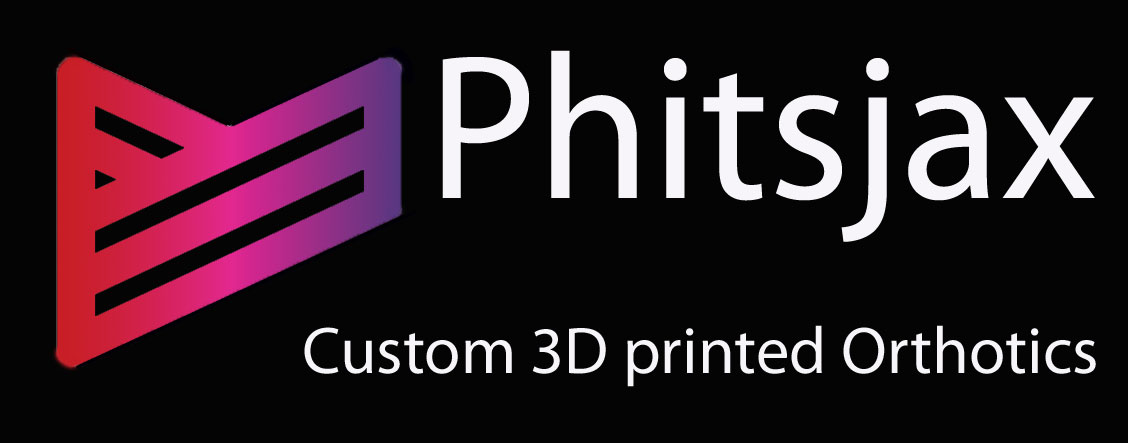3D Printing
Even though 3D printing speaks to our imagination, the technology isn’t new. It’s been in use since the early nineties. Initially it was mostly used for prototyping, but the large players, such as Materialise, have helped it evolve rapidly toward design and usable end products. Applications are among others: hearing aids, knee prosthetics, hip prosthetics and orthopedic drill guides, but also lighting and design furniture.
Different forms of 3D printing exist, but the most commonly known variant is FDM, in which wires are molten together layer by layer. Extremely suitable good for prototyping, but completely inadequate for producing insoles because it is too slow, lacks accuracy and most of all it doesn’t provide the necessary strength.
When creating a pair of Phits, we use a much more advanced technology, called Selective Laser Sintering. During this process, a very fine powder (we use PA or Nylon) is hardened and bonded together layer by layer. The result is a very light, very strong final product, made to measure for the end user.
Another advantage of the technology is that large batches of unique personalized pieces can be printed at the same time, this really is the first step towards true mass customization.

How Does Laser Sintering Work?
Laser Sintering is a laser-based technology that uses solid powder materials, typically plastics. A computer-controlled laser beam selectively binds together particles in the powder bed, by raising the powder temperature above the glass transition point after which adjacent particles flow together. As the powder is self-supporting, no support structures are necessary.






